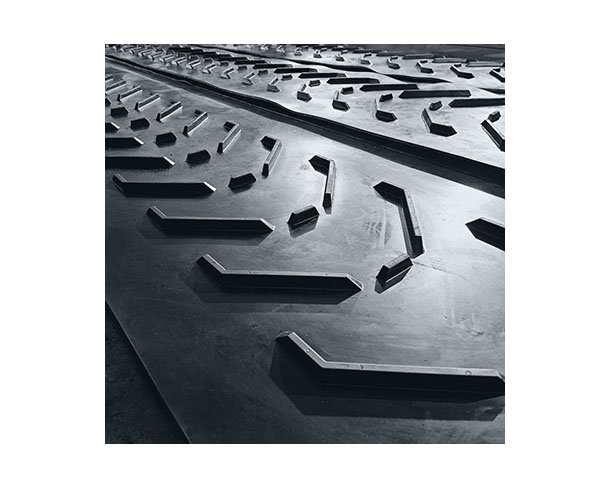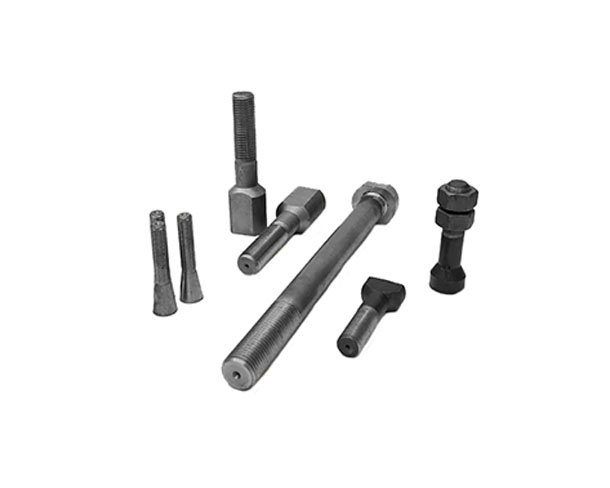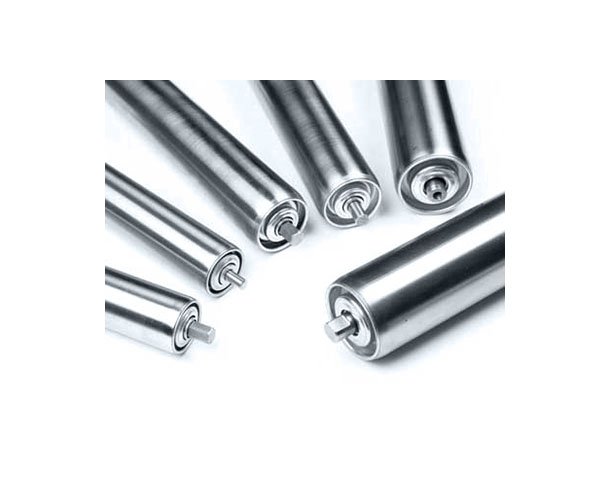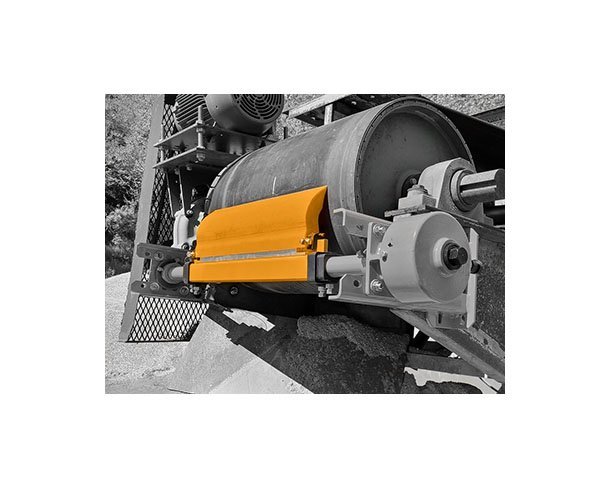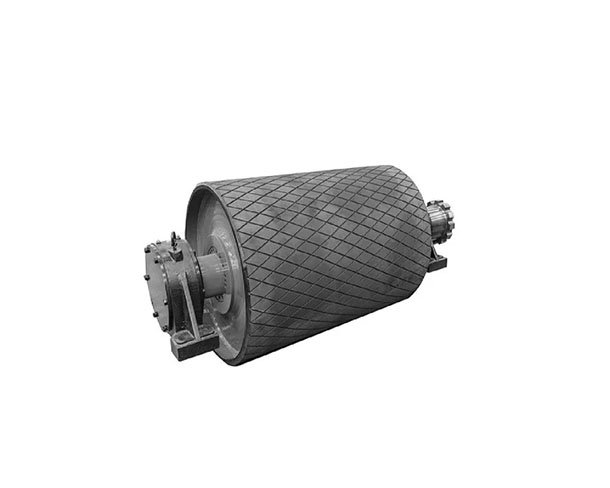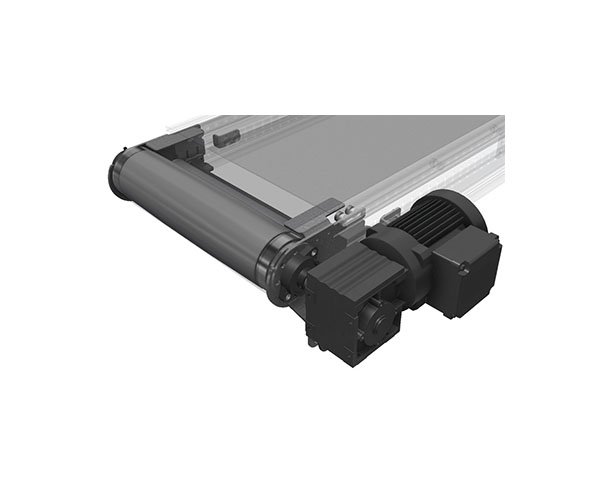Conveyor belts for sale
Conveyor belts specifications
Conveyor belts: our premium conveyor belts deliver optimal performance across a wide range of applications, suitable to many industries such as recycling, agriculture and food. The design and size of the conveyor belts will vary depending on the specific application. Request your (non) original conveyor belts on this page.
Complementary items to order if needed:
- Tensioning bolts and nuts (mounting material)
- Conveyor rollers
- Belt scrapers
- Conveyor pulleys
- Conveyor drive unit
If you can not find the right items, please let us know in the request!
Looking for replacement parts for your recycling machine? We offer a comprehensive selection of (product) parts compatible with equipment from major brands like: Metso, Sandvik, SBM, Keestrack, Terex Finlay, Terex Pegson, Powerscreen, Nordberg, Kleemann, Hammel, Arjes, Doppstadt, Lindner, Vermeer, Zemmler, Eschlböck, Komptech, Terex Ecotec, Terex Evoquip, McCloskey, Anaconda, Telestack, Backers, Eggersmann, Haas, Terra Select, Siebotec, Hartl, Hazemag, MFL, Rockster, Extec, Gipo, Lippmann, Parker, Portafill, Prall-Tec, Rubble Master, SBM Wageneder, Svedala, Tesab, Rev, Tana, Untha, Zenith, Nordmann, Morbark, Vecoplan, BHS Sonthofen, Bano Recycling, Amis, Eldan Recycling A/S, Herbold Meckesheim GmbH, Wagner Shredder, Weima, Zeno
FAQ – Recycling Equipment. Also read our FAQ about the different types of crushers, screeners, shredders, grinders and chippers.
Conveyor belts: conveyor belts are essential for optimizing the performance and longevity of machinery in different industies like recycling, agriculture and food. They facilitate rapid and sustainable processing of different kind of materials.
Functions of conveyor belts on machines: Conveyor belts play a crucial role in the recycling, agriculture and food industry, performing several essential functions:
Transportation:
Material Movement: They efficiently transport large quantities of mixed waste materials from the input point to various processing stations within the recycling facility.
Long-Distance Conveying: They can cover significant distances, moving materials between different buildings or areas of the facility.
Sorting and Separation:
Material Distribution: They distribute materials onto sorting stations or separation equipment, enabling the classification of different waste types.
Size Separation: By adjusting the speed and incline of the conveyor belt, materials can be separated based on size.
Processing:
Feeding Machines: They feed materials into shredders, crushers, or other processing equipment, ensuring a continuous and steady supply.
Material Alignment: They align materials before they enter processing machines, optimizing efficiency and reducing equipment wear.
Inspection:
Visual Inspection: They allow workers to visually inspect materials for contaminants or quality issues.
Sensor-Based Inspection: They can be integrated with sensors to detect specific materials or contaminants using technologies like metal detectors, infrared sensors, or X-ray systems.
Storage:
Material Accumulation: They can be used to accumulate materials temporarily before further processing or disposal.
Stacking: They can stack materials in designated areas, optimizing storage space.
Overall Efficiency:
Continuous Flow: They maintain a continuous flow of materials through the recycling process, minimizing downtime and maximizing productivity.
Reduced Labor: They automate many material handling tasks, reducing the need for manual labor and improving worker safety.
By performing these functions, conveyor belts significantly contribute to the efficient and effective operation of recycling facilities, promoting sustainable waste management practices.
Benefits of using conveyor belts: Conveyor belts are indispensable components in various industries, offering numerous advantages. Here are some key benefits:
Increased Efficiency and Productivity
Continuous Flow: Conveyor belts ensure a continuous flow of materials, minimizing downtime and maximizing productivity.
Reduced Labor Costs: Automated conveyor systems reduce the need for manual labor, leading to significant cost savings.
Faster Processing: By streamlining material handling, conveyor belts accelerate production processes.
Improved Safety
Reduced Risk of Accidents: Automated systems minimize the risk of accidents and injuries associated with manual material handling.
Ergonomic Design: Conveyor belts can be designed to reduce physical strain on workers, improving workplace safety and comfort.
Enhanced Precision and Accuracy
Consistent Material Flow: Conveyor belts ensure consistent material flow, improving the accuracy and precision of manufacturing processes.
Automated Sorting and Distribution: Integrated sorting and distribution systems can automate tasks, reducing errors and improving efficiency.
Versatility and Flexibility
Customizable Configurations: Conveyor belts can be customized to suit various applications and production requirements.
Adaptable to Different Environments: Conveyor belts can be used in harsh environments, such as those involving high temperatures, humidity, or corrosive substances.
Cost-Effective Solution
Long-Term Savings: While initial investment costs may vary, conveyor systems often lead to significant long-term savings in labor, energy, and maintenance costs.
Reduced Waste and Damage: Efficient material handling reduces the risk of damage and waste, further contributing to cost savings.
By incorporating conveyor belts into machinery, businesses can optimize their operations, improve product quality, and achieve a competitive edge. .
Findeq – Your Trusted Partner in wear and spare parts solutions:
At Findeq, we understand the importance of each component like conveyor belts. We offer a wide selection of high-quality conveyor belts, designed to be compatible with various machines. Our conveyor belts are manufactured with superior wear resistance in mind, maximizing their lifespan and minimizing downtime for replacements.
For more information on conveyor belts or any other wear and spare parts related needs, contact us or read more on this page explaining how to order wear & spare parts from Findeq.
